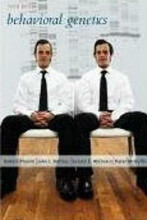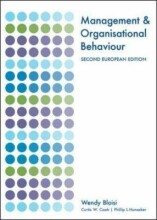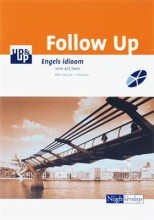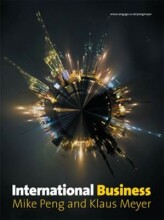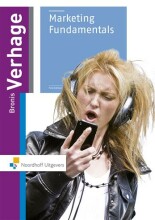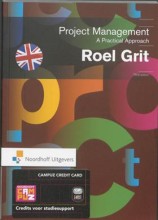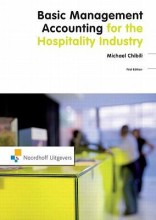The modal auxiliaries
12 important questions on The modal auxiliaries
What are the grammatical properties that define the class of modal auxiliaries?
- Only tensed forms; no plain, gerund-participle, or past participle.
- Invariable in present tense.
- License following infinitival Complement without "to" (except OUGHT).
When do NEED and DARE function as auxiliaries?
1. Infinitival construction without "to".
Examples:
- Need I bother?
- I daren't tell them.
What are some examples of NEED and DARE as lexical verbs?
- I need a haircut.
- I need to get my hair cut.
- I dare you to repeat that.
- Higher grades + faster learning
- Never study anything twice
- 100% sure, 100% understanding
What is a key exception regarding modal auxiliaries and "to"?
- Modal auxiliaries typically license following infinitival Complements without "to".
- OUGHT requires "to": They ought to accept the offer.
Why is the use of HAVE in "We have to invite them all" not considered a modal auxiliary?
- Does not exhibit the three grammatical properties of modal auxiliaries.
- Functions as a static verb rather than an auxiliary.
What are the preterite forms of CAN, MAY, WILL, and SHALL, and how do their uses differ in Present-day English?
- Could (CAN)
- Might (MAY)
- Would (WILL)
- Should (SHALL)
What is the primary use of the modal auxiliaries in terms of preterite forms?
- Could and would: basic preterite for past time
- Might and should: conditional constructions, reported thought
- More tentative in usage
How are modal meanings categorized, and what are the three major types?
- EPISTEMIC MODALITY: necessity, likelihood, possibility
- DEONTIC MODALITY: requirements, permissions
- DYNAMIC MODALITY: abilities, dispositions
How can modal sentences exhibit ambiguity in meaning?
- “You must be tactful” can be:
- - Epistemic: an inferring statement
- - Deontic: a directive statement
- “She can't be serious” can mean inability or inference.
What distinguishes the use of might and should from other preterite forms?
- Used in conditional constructions
- Found in reported speech where present forms do not apply
- More frequent in modal auxiliaries compared to others
How does the meaning in modal auxiliaries vary based on their type?
- EPISTEMIC: inferring necessity or possibility
- DEONTIC: expressing requirements
- DYNAMIC: indicating abilities or willingness
In what contexts do might and should exhibit their preterite status?
- Conditional scenarios
- Reported thoughts
- Situations where present tense cannot be used
The question on the page originate from the summary of the following study material:
- A unique study and practice tool
- Never study anything twice again
- Get the grades you hope for
- 100% sure, 100% understanding






















